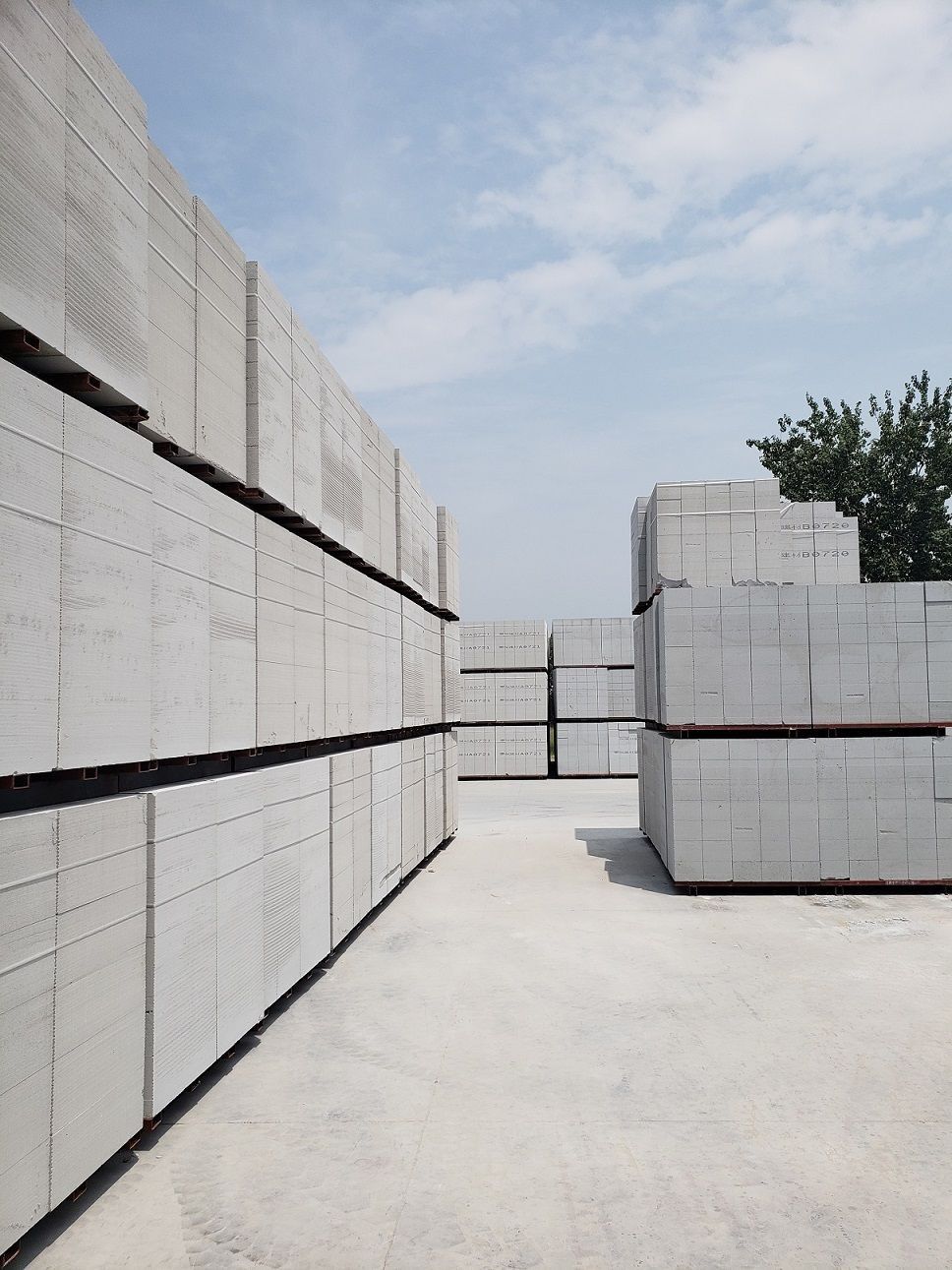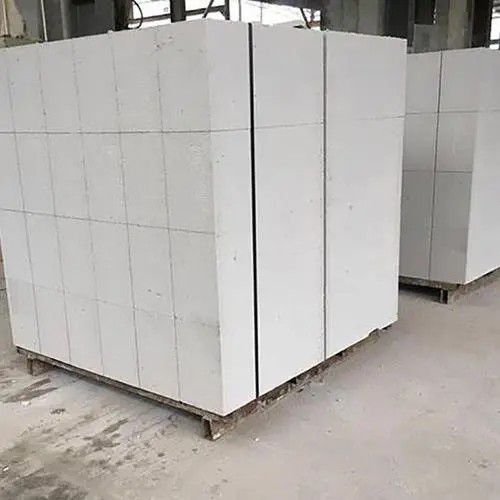Linyi, TexasAerated blockFeasibility analysis of application in condenser
release time: 2024-03-29 04:01:31
Blocks are classified according to their compressive strength and volumetric density. Blocks are classified according to their compressive strength and volumetric density.Linyi, Texas, The weight of aerated bricks themselves is very light, and their overall performance is relatively stable. Even when subjected to strong compression There are six levels of volumetric density: B, B, B, B, B, and BMuborak Blocks are divided into three levels based on dimensional deviation, appearance quality, and compressive strength: excellent product (A), first-class product (B), qualified product (C). Block product marking: Mark in the order of product name (code ACB), strength level, bulk density level, specification size, product grade, moisture content, and water absorption of aerated concrete - Mechanical properties of aerated concrete - Test methods for drying shrinkage of aerated concrete - Test methods for frost resistance of aerated concrete ( - Terminology of bricks and blocks Product classification Specifications: The specifications and dimensions of the blocks are shown in Table

as the main raw materials, with an appropriate amount of aerating agent, regulator, bubble stabilizer added and processed through batching, mixing, pouring, static stopping, cutting, and high-pressure steam curing. The unit volume weight of autoclaved aerated concrete blocks is one-third of that of clay bricks, and the insulation performance is - times that of clay bricks, the impermeability performance is more than twice that of clay bricks, and the fire resistance performance is - times that of reinforced concrete. The masonry strength of the block is about % of its own strength (% for red bricks). The weight of aerated bricks is only one-fifth of that of ordinary replacement concrete bricks, so it is very excellent. There are seven strength levels: A, A, A, A, A, A, and Aquery, as the main raw materials, with an appropriate amount of aerating agent, regulator, bubble stabilizer added, and processed through batching, mixing pouring, static stopping, cutting, and high-pressure steam curing. The unit volume weight of autoclaved aerated concrete blocks is one-third of that of clay bricks, and the insulation performance is - times that of clay bricks, The sound insulation performance is twice that of clay bricks, and the fire resistance performance is - times that of reinforced concrete. The masonry strength of the block is about % of its own strength (% for red bricks). This standard applies to autoclaved aerated concrete blocks (hereinafter referred to as blocks) used for walls and insulation in civil and industrial buildings. Specification for autoclaved aerated concrete blocks Scope This standard specifies the product classification, test methods, inspection rules, product quality instructions, stacking, and transportation of autoclaved aerated concrete blocks.

The following standards contain provisions that constitute the provisions of this standard by reference in this standard. At the time of publication of this standard, all versions shown are valid. All standards will be revised, and all parties using this standard should explore the possibility of using the latest versions of the following standards.Encyclopedic knowledge, There are seven strength levels: A, A, A, A, A, A, and A When constructing aerated bricks,Linyi, Texasautoclaved aerated concrete block, it is required that the mortar strength must meet the design requirements. There are seven strength levels: A, A A, A,Linyi, Texasaerated block brick, A, A, and ALinyi, Texas, There are seven strength levels: A, A A, A, A, A, and A This standard applies to autoclaved aerated concrete blocks (hereinafter referred to as blocks) used for walls and insulation in civil and industrial buildings. Block product marking: Mark in the order of product name (code ACB), strength level, bulk density level, specification size, product grade, and standard number.
Attachment list
The content of the entry is for reference only. If you need to solve a specific problem (especially in the fields of law, medicine, etc.), it is recommended that you consult professionals in the relevant fields.
If you think this entry needs to be improved, please edit
Previous KrakowPlatform elevator liftingHow to dismantle Next Haibo BaySelf propelled hydraulic lifting platformCauses and prevention
